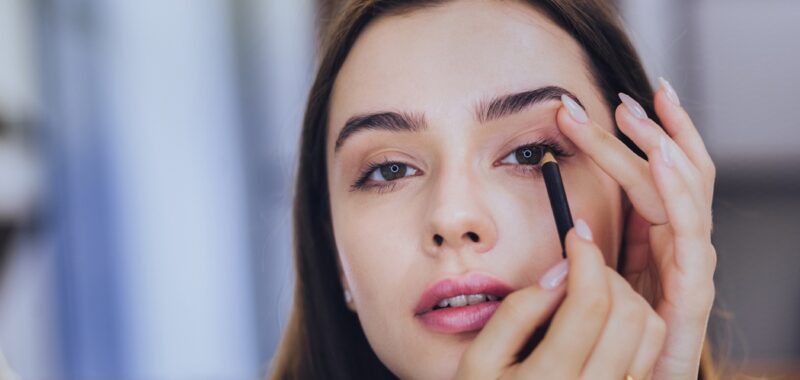The European Chemicals Agency (ECHA) said on Wednesday October 30 that it had found banned chemicals in a significant part of cosmetic products sold across Europe.
The Helsinki-based agency has commissioned the inspection of almost 4,500 cosmetic products in 13 European countries and found that six percent of the products — or 285 products — contained substances banned due to their detrimental effects on health or the environment.
These substances are: Perfluorononyl dimethicone; Perfluorooctylethyl triethoxysilane; Perfluorononylethyl carboxydecyl PEG-10 dimethicone; and Cyclopentasiloxane (D5), cyclomethicone (a blend of D4, D5 and D6), cyclotetrasiloxane (D4).
The chemicals were found in products “from various sellers and at all price ranges” during controls between November 2023 and April 2024, the agency said in a statement. Products containing the hazardous chemicals included eyeliners, lip-liners, conditioners and hair masks.
The substances found are banned under the Stockholm Convention on Persistent Organic Pollutants (POPs) as well as under EU-law on chemical substances (REACH).
For example, perfluorononyl dimethicone, degrades into PFOA and long chain perfluorocarboxylic acids. PFOA and siloxanes, D4 and D5, break down slowly in the environment and build up in humans and other species. PFOA is also toxic to reproduction and suspected of causing cancer. D4 is also suspected of damaging fertility.
It should be noted that several of the substances in question (such as D5 and D6) were not fully banned in cosmetic products at the time of the checks and that their use may remain authorised at very low concentrations in certain products or on a transitional basis (read here: EU further restricts the use of silicones D5 and D6 in cosmetic products).
ECHA does not specify to what extent non-conformities relate to products that are still available on the market when they should have been withdrawn, or to products recently formulated without taking into account regulatory changes.
However, the Agency’s full report highlights that “the definition of placing on the market differs between the regulations (POPs/REACH and Cosmetics).”
List of ingredients
Therefore, this study mainly highlights the presence on the market of substances of concern that are regulated by ECHA, as well as the need for control authorities to have access to relevant databases.
According to the agency, the inspections had been conducted primarily by controlling the list of ingredients labelled on products or showcased on the retailers website, and ECHA noted that the control measure “can be easily used also by consumers”.
After the inspections “enforcement authorities have taken measures to remove the non-compliant products from the market”, the ECHA said.
The countries where controls were carried out were Austria, Denmark, Germany, Finland, Iceland, Italy, Lichtenstein, Lithuania, Luxembourg, Malta, Norway, Romania and Sweden.

